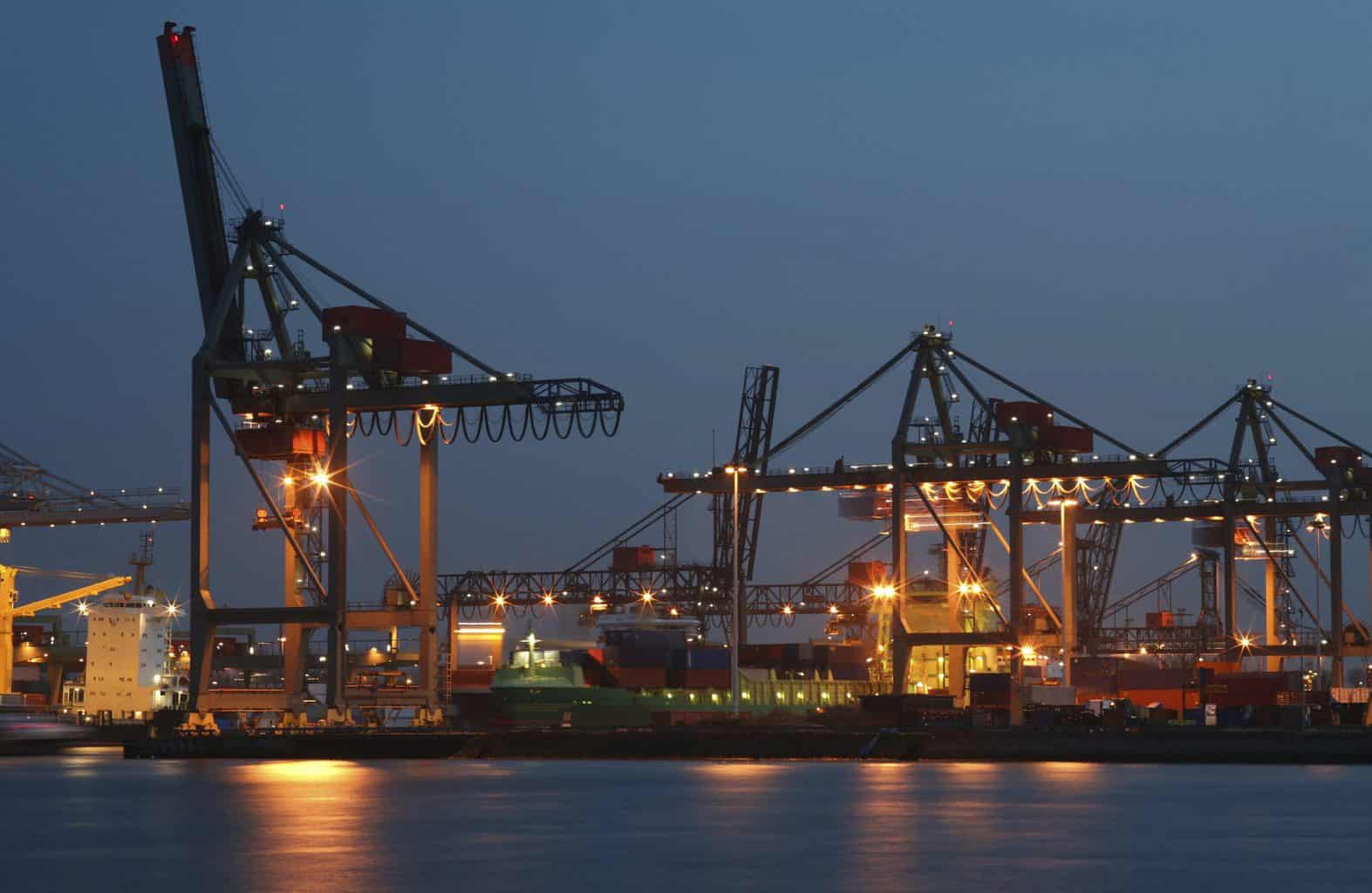The agriculture business is booming, with billions of dollars being generated in imports and exports every year. How can you stay competitive in both domestic and foreign markets?
While humans have been cultivating the land for over 10,000 years, the methods we use have come a long way. You need the most up to date industrial, agricultural products to get on top — and stay there.
Here’s a look at several exciting developments in industrial, agricultural products.
360Sprint System from The Yield Center
This speedy fertilizer refill system helps you do more in less time. It’s designed to refill fertilizer while on the go, slashing refill time.
It takes around four minutes for it to fill 300 gallons of fertilizer. That leaves you more time to fertilize more acres.
Automatic Cow Milking Machine
There are over 95 million cows in America, making them one of the most widely used livestock. From meat to milk, from their hide to even their bones, we use this versatile animal in many areas of our lives.
Milking cows has grown more efficient. There’s a new automatic machine that milks cows without any human intervention, ensuring the process runs smoothly.
Goodyear R14T Tires
Agricultural workers know their equipment needs the right parts to be at their most efficient. Tires may seem trivial, but they make a big difference.
Goodyear released their R14T premier tires, expanding it to 18 sizes. Upgrade your tractor with these tires and experience the difference for yourself.
Crankenstein
This tool has a funny name, but it’s all business. We can guarantee you won’t want to be without it when your machine’s battery dies.
Crankenstein can jump-start any dead machinery and operates in temps as low as 28 degrees below zero. It weighs in at only nine pounds and holds a charge for around a year.
Potato Harvester
Potatoes are a versatile veggie that forms the backbone of plenty of meals. The problem is they take a lot of digging to get to.
There are potato harvesters available for both small and large scale operations that make harvesting them a breeze. They dig in, bring up a clump of dirt, then separate the potatoes from them.
Internet of Things Devices
Perhaps the most significant change to the field of agricultural equipment is the new “Internet of Things” devices on the market. These apps, programs, and accessories allow farmers to keep an eye on their products and automate a lot of functions.
There are IoT devices that can find the optimal time to water crops, can analyze the best time to plant, can track products as they move through the supply line, and more.
The Best Industrial Agricultural Products on the Market
Our guide to the best industrial agricultural products on the market should give you some great ideas. You can start planning how to upgrade your equipment and improve your output.
If you’re ready to improve your agricultural business, then we’re ready to help. Check out all that we have to offer the agricultural industry and contact us today!

